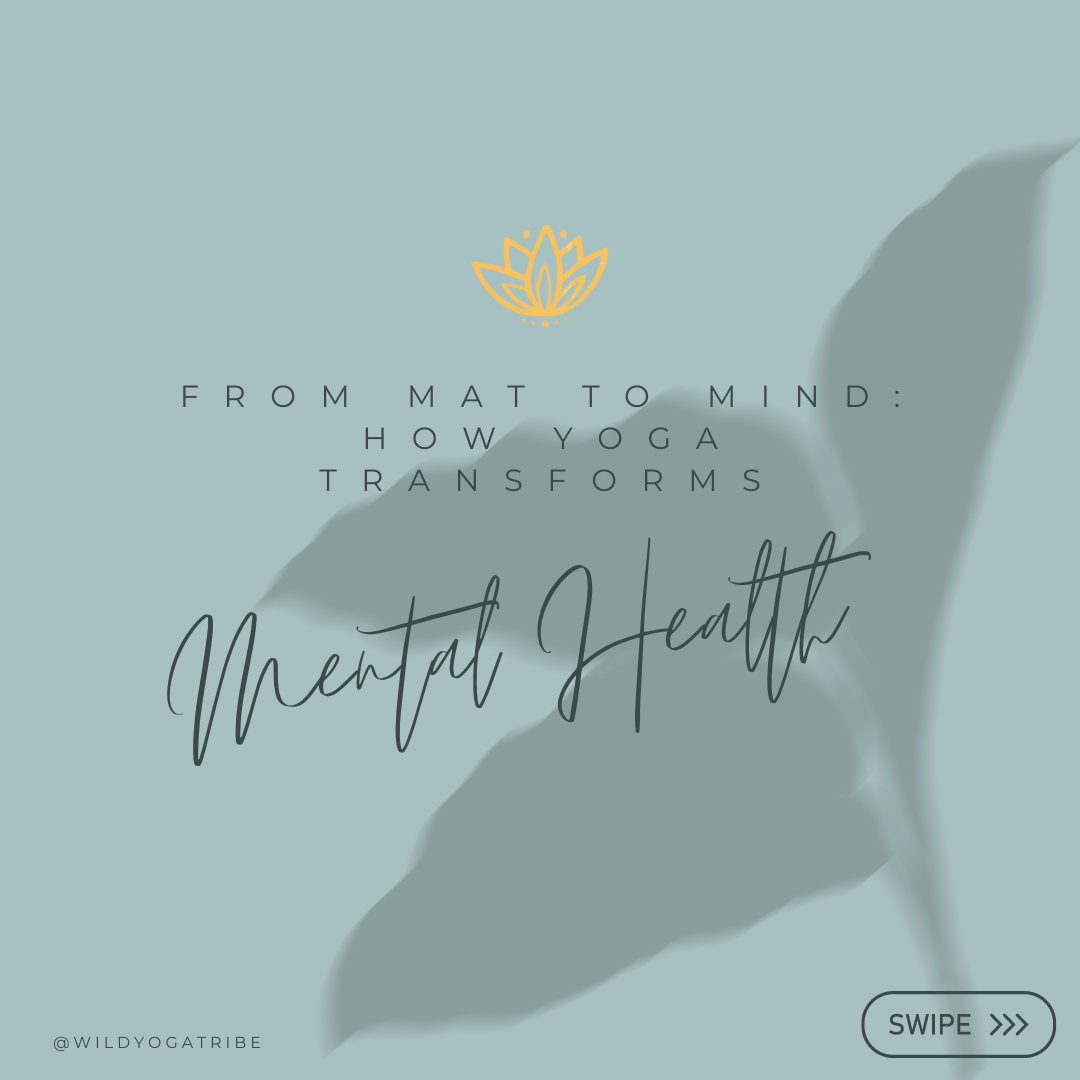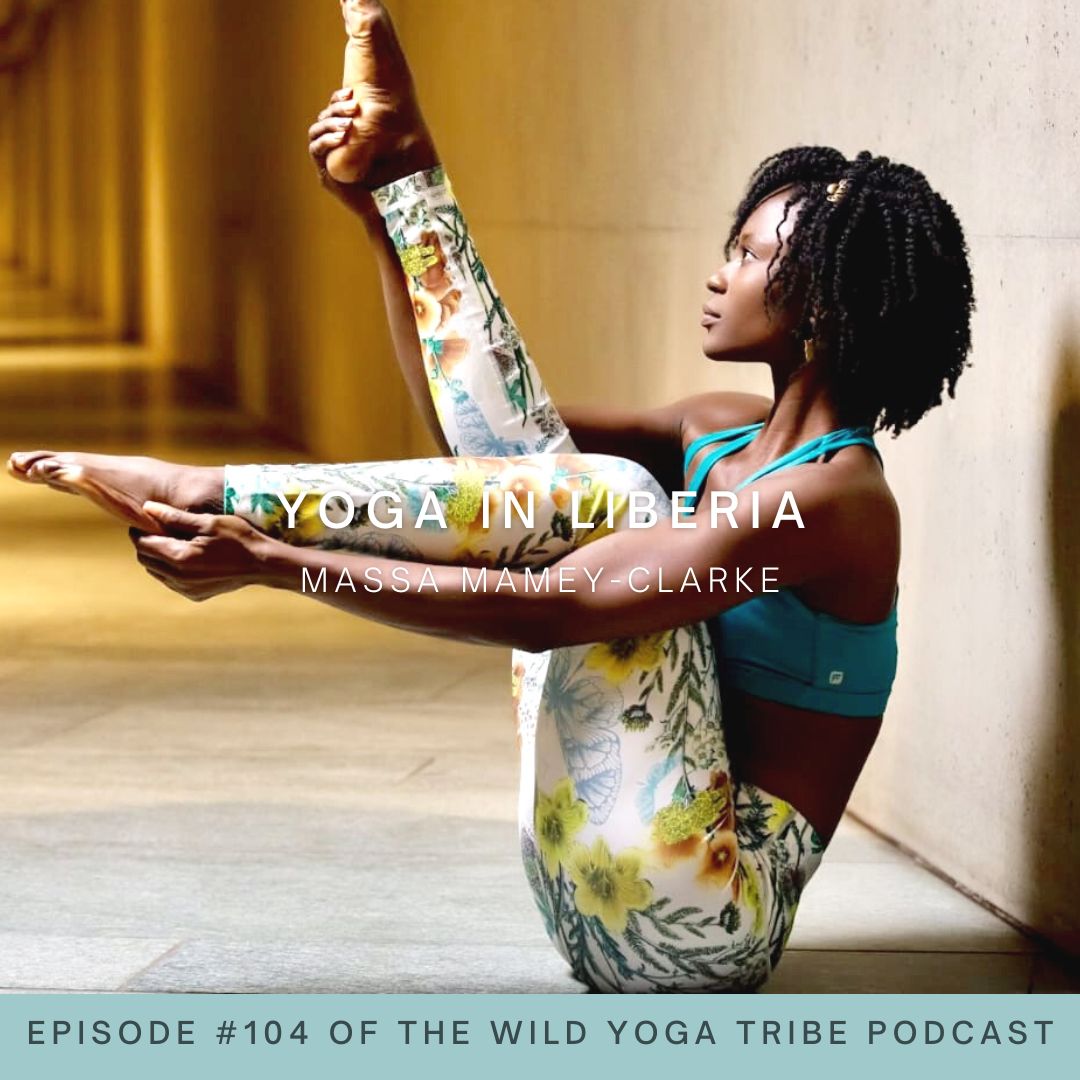
The sacral chakra, is named Svadhisthana in Sanskrit which translates to “sweetness.” The second chakra is closely tied to movement, emotional balance, and sexuality. It is located just below the navel and so regulates the reproductive organs. The sacral chakra’s main objective is self-gratification. While this might sound selfish, in a balanced chakra it is absolutely not. Every human deserves pleasure. Do you agree?
Where Is The Sacral Chakra In My Body?
The sacral chakra is located just below the navel in the lower abdomen region, at the sacral plexus. Therefore, it influences and regulates the reproductive organs.
The Sacral Chakra: Water Element
The sacral chakra is associated with the element water. Just as water needs a container such as a glass or a bowl, the earth element below it, as represented by the root chakra, is the container for the water of the sacral chakra. Water is formless— it is fluid and ever changing. Both water and emotions flow in the same way, fluidly.
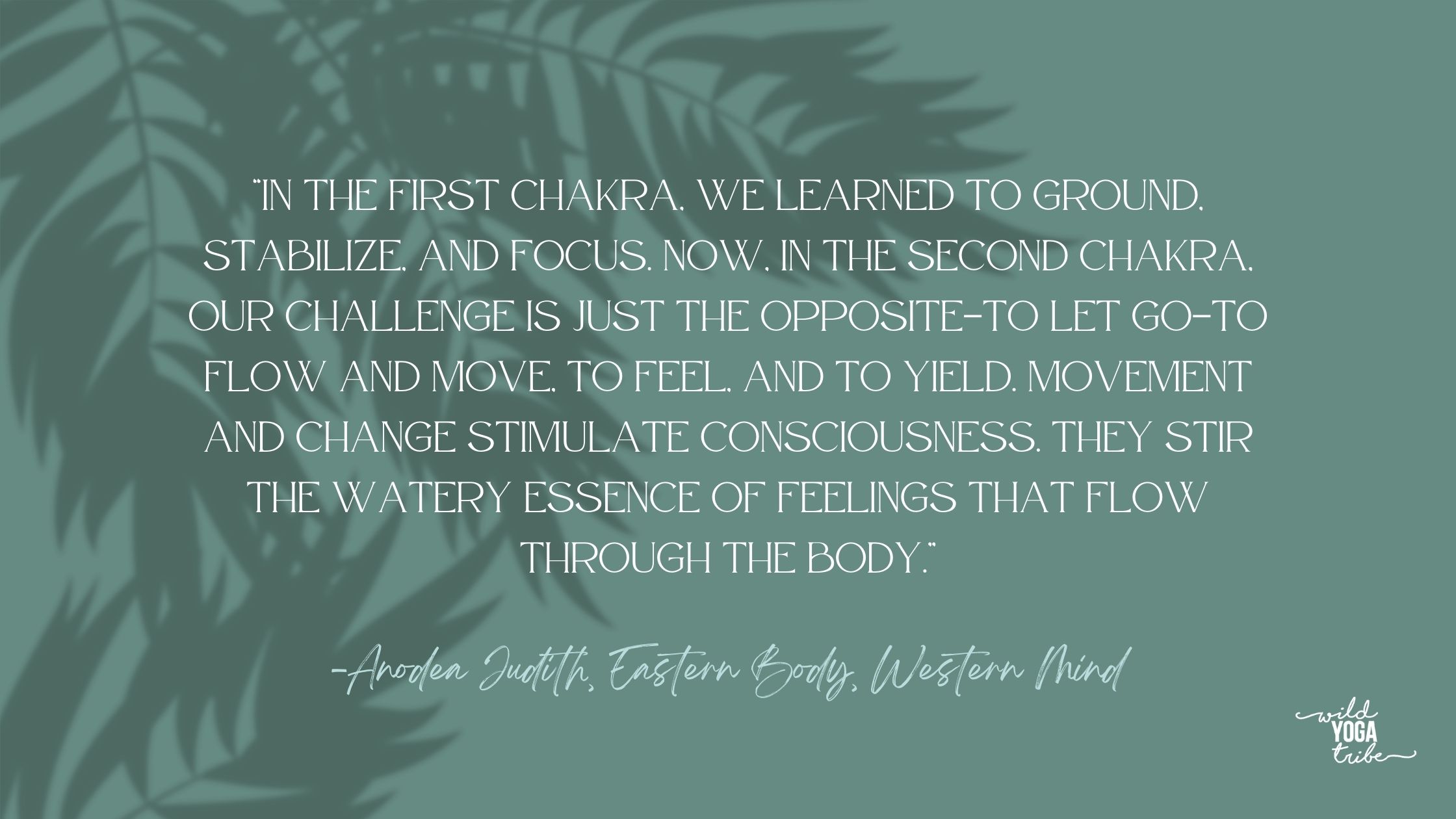
Ever notice how the word emotion is simply the letter “E” in front of the word motion? Emotions move. That is the key characteristic that is purposely rooted inside the word itself. In fact, we cannot feel a single emotion for more than a minute or two without “feeding it” to keep the emotion inside our minds and bodies. Science has proven this. Moreover, you will frequently hear in meditation and mindfulness classes or books that emotions are like clouds in the sky, they come and they go, but the blue sky never leaves the sky. The blue sky is our openness, the expansiveness of our being, as well as our clarity of mind and energy that never, ever truly disappears. Our second chakra, is about learning to accept the flow of emotions and allowing them their right of existence. In contemporary society, we are encouraged to repress our emotions. Our expected behavior is one of muted emotions or even, perhaps, numbness.
Psychology Says…
“We sometimes unwittingly prolong the very same emotions we want to go away. For example, inhibiting the facial expressions we automatically make when feeling an emotion (e.g. frowning when anxious, smiling when happy), can lead to increases in sympathetic nervous activity (activation of the fight-or-flight response). Thus, if we are feeling anxious at the dentist and we are trying to inhibit our facial expressions, this might increase our sympathetic activity (faster heart rate, increased sweating), which in turn, will make us more tense and anxious.” – Amelia Aldao Ph.D., quoted in Psychology Today
This means that by inhibiting the physical motion of the emotion, we actually make it worse. Whether it is the shaking of fear or the rocking movement that sobbing induces, our emotions become longer and more intense by hindering their movement-based expression.
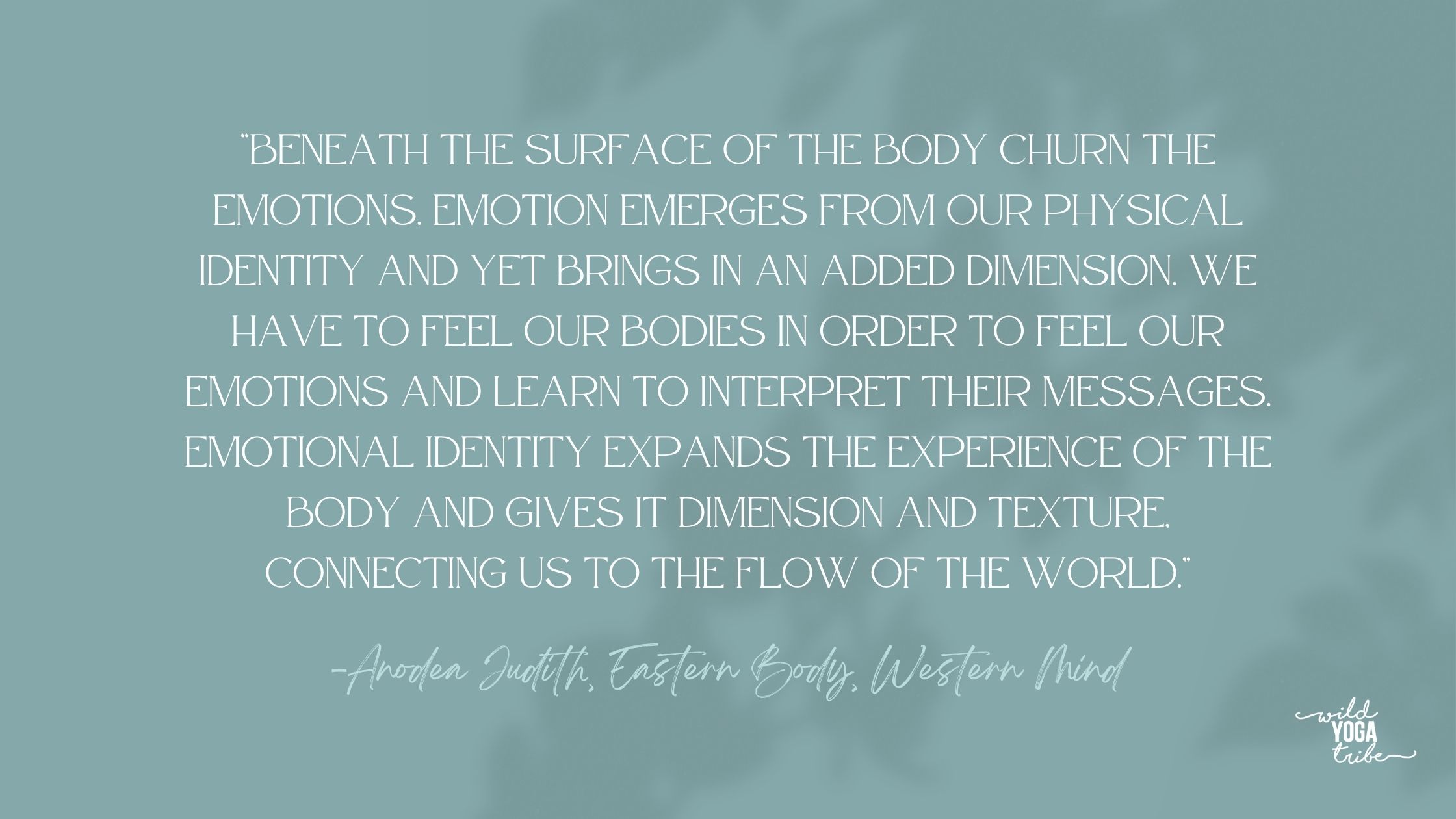
What Is The Sacral Chakra All About?
The second chakra is about movement, flow, sexuality, intimacy, want, need, desire. It’s about accepting the flow of energy that is necessary for transformation. We cannot change if we do not allow the change. Rather than resisting our emotions and resisting change, we need to accept all that comes. The second chakra is about allowing this flow of energy and emotions to ebb and flow inside our beings.
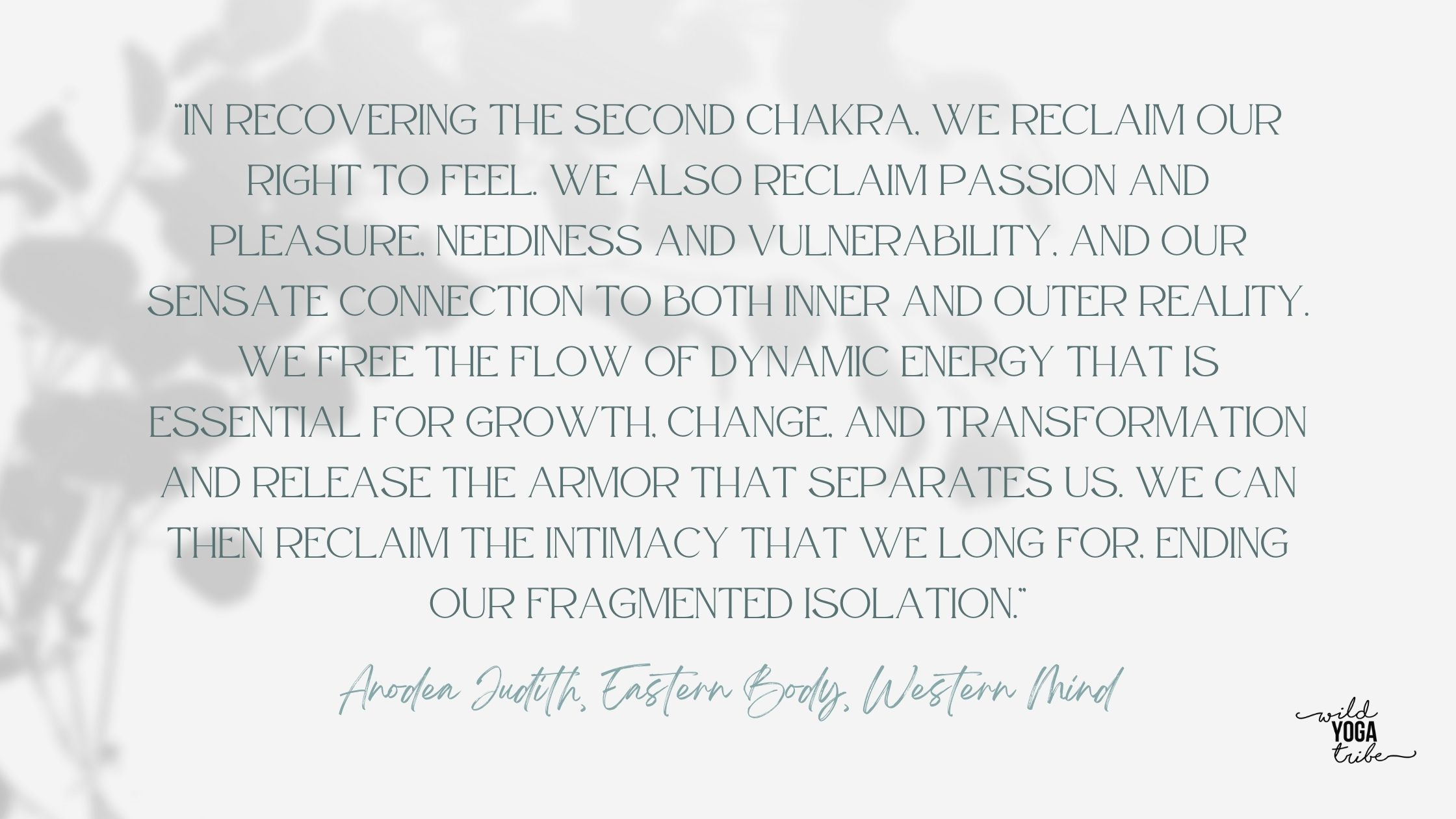
Also, the second chakra is our center for sexuality, passion, desire, and intimacy. As it is located in the region where our sexual organs reside, it is no surprise that the sacral chakra is the center of sexuality. In the modern world, things are either hypersexualized, from movies to advertisements, or repressed and suppressed with some religions or cultures or familial values. To deny the second chakra is to deny our wholeness. Sexuality is part of being human.
A Balanced and Unbalanced Sacral Chakra
Those with a balanced sacral chakra will enjoy graceful movement and the ability to change, grow, and transform. Such a person will be able to experience and enjoy pleasure, without feelings of guilt arising and blocking enjoyment. A healthy sacral chakra will also be conveyed through a high level of emotional intelligence. This person will feel comfortable expressing emotions, discussing emotions, and being present with their own emotional vulnerability.
Playfulness, pleasure, and passion are key to Svadhisthana’s sweetness and purpose.
Traumas and abuses that can impact the sacral chakra are emotional, sexual, or physical abuse as well as neglect and rejection. If parents deny the child’s feelings and encourage them to repress and not show or feel their own emotions, this largely contributes to a blocked Svadhisthana. Of course, religious or moral severity that is anti-pleasure based can massively impact a person’s ability to feel and express pleasure in healthy ways.
If there is an imbalance in the Sacral Chakra, it can lead a person to either feel unemotional and numb, or on the other side of the spectrum, to be over-sensitive and over-reactive. Relationships can be or can quickly become unhealthy due to boundary issues and emotional neediness or distancing. There can be fridgity with sex or rigidity in the body. There can also be sexual addiction or obsessive attachments.
How To Heal The Sacral Chakra?
As Svadhisthana is the chakra of motion and movement, movement based therapies, like dance therapy, are very beneficial. So is working with a psychologist through issues with boundaries and with the inner child. A small practice that can help balance the sacral chakra is assigning healthy pleasures to enjoy and experience, such as eating a bit of chocolate and taking the time to close your eyes and savor that pleasure. Not everyone allows themselves to feel delight in pleasurable experiences, beginning small is a safe way to start.
Surprise, surprise, but yoga is also very healing as it is movement based and encourages one to connect with the body and breath. Yoga asanas that focus on opening the hips are particularly beneficial. When practicing, make sure to practice hip opening asanas for long durations, up to ten minutes for an asana, to fully relax and open the muscles there. Tension builds over time in the hip joints and inner adductor muscles as we tense our thighs in anxiety, fear, or denial of our sexual desires or our sexual safety.
Sacral Chakra Overview
Name: Svadhisthana (Sweetness)
Element: Water
Color: Orange
Basic Principle: Emotion, Movement, connection, sensation, sexuality, pleasure, desire.
Location: Lower abdomen and Sacral Plexus
Associated Gland: Sexual gland (ovaries or testes)
Negative power: Guilt
Basic Rights: To feel and to have pleasure
Physical Ailments: Any issues in the reproductive organs, kidney, bladder, and in any and all liquids like blood, and gastric juices.
Aromas: Ylang Ylang and sandalwood
Yoga Poses: Hip opening yoga poses such as Supta Baddha Konasana (Reclining Bound Angle Pose), Frog Pose (mandukasana), and Happy Baby Pose (Ananda Balasana).
Stones:
- Carnelian: Singer’s Stone. Full of passion, sexual energy, and creativity Carnelian is wonderful for improving couple’s bonding and for increasing confidence.
- Moonstone: Traveler’s stone. The talisman of the inward journey. Opens you up to your own emotions, and has a particularly good benefits for women as it insures balanced hormone levels. It is the ultimate fertility crystal!
Want more? Check out the Wild Yoga Tribe podcast!
https://wildyogatribe.com/podcast/
Tune into the Wild Yoga Tribe podcast on Apple Podcasts or on Spotify! If you feel called, please subscribe and give a review!
Questions? Comments? Let’s get social!
https://www.instagram.com/wildyogatribe/
https://www.facebook.com/wildyogatribe
https://twitter.com/wildyogatribe
Mediate with me: https://insig.ht/6gFTaXHlogb
Flow with me: https://www.youtube.com/c/WildYogaTribe
Book a private yoga or meditation class with me: https://wildyogatribe.com/yogaclasses
Everything you need is just one click away! Check out all the resources here: https://linktr.ee/wildyogatribe
How do you connect with your sacral chakra? Let me know in the comments below!


